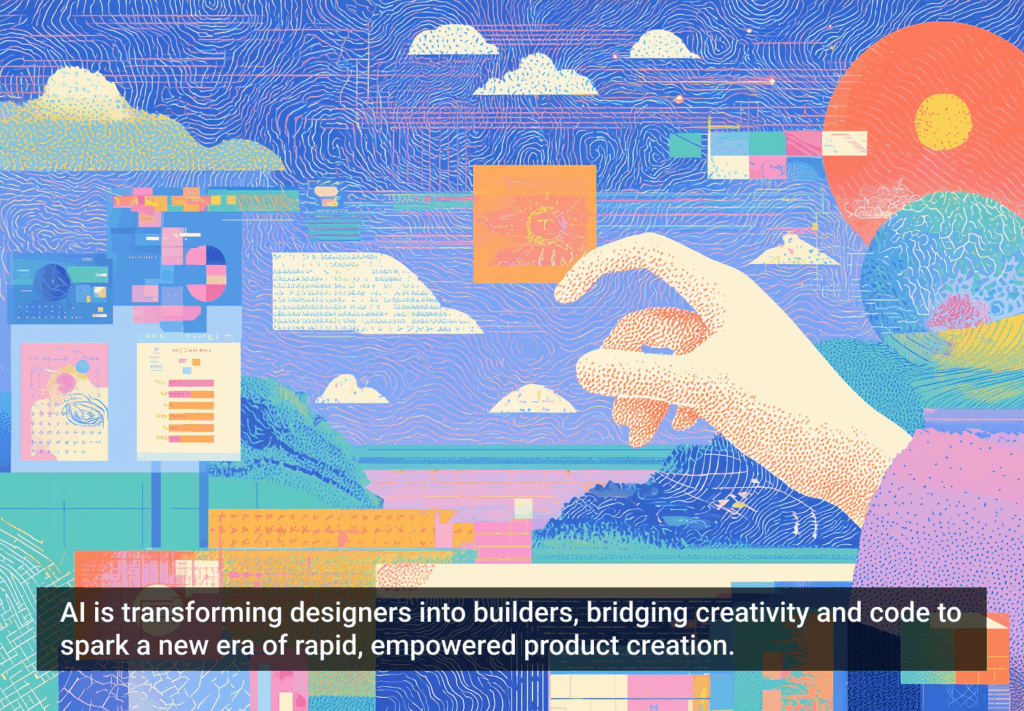One of the more interesting things I’ve been able to do in my career is establishing a user experience team’s design process. Obviously, there are standard phases and steps all UX processes share—some form of discovery and research, iteration, documentation, etc.—but how you approach these phases, how much time and “weight” you apply to each part of the design journey, is challenging to define.
No design checklist survives contact with the client
A key decision I made, and the most impactful thing about the process I set up, was to implement a checklist. Checklists are helpful, simple, and give everyone an easy-to-understand baseline of what steps are involved along the way.
Checklists allow team members to start with something: a simple task list that can be extended or revised as needed. This lets people protract the process as much as much as they feel is appropriate, and that “stretching” feeds back into the core process, making it more effective.
Here’s an excerpt of some of checklist items we defined for analysis and UX design:
- Review legacy user research to extract/validate insights from research (all sources)
- Review high level requirements
- Review personas (if they exist)
- Identify and document initial thoughts on core user needs/drivers/desires
- Create a conceptual model/design that represents initial design ideas around the experience
- Identify research needs
Here are the key values a UX (project) checklist brings you:
It Keeps Things Simple and Helps You Focus on the Work
Just because you have a simple checklist of the steps to follow, it doesn’t mean the work is simplified. But a simple checklist allows you to “self-check” that you are doing the right things and focus on the work itself. Too often a process becomes an excuse to do the work. When people get tied up with unnecessary complexity that gets in the way, you end up managing the process, not designing solutions.
It’s Easy to Manage and Maintain
A checklist item is binary: Either you did a peer review of the design concept or didn’t. And unlike online tools like basecamp or desktop project management tools like Microsoft Project, a checklist can be a poster, a Word document, or whatever makes sense for the way the team works.
It Provides Obvious Visibility
Checking the steps off the list also provides great visibility for the team. Where are you in the course project? Look at what’s been checked off the list. I prefer to set up the checklist as a “poster” in the project area so everyone can see the status of the work.
It Lists More than Just Design Tasks
One crucial checklist my team used was all about expectations and engagement. A big part of the success of a design project involves both how you interact with the customer and how you set expectations. An “engagement” section of your checklist allows you to make sure that key touchpoints with the client always occur.
It Provides Structure for Creative People to Be Creative
The right design process is focused but not restrictive; set, but flexible. By having all the steps in the process set, the team is freed up to be creative and approach each project as a set thing. The checklist gives a structure for doing the work, but the level of effort—how much time to spend on each step, and who does what—is set by the team, so they can bring the right mix of talent and focus to bear.
It’s Flexible
Just because you have a checklist for a project doesn’t mean it has to be rigidly followed. The old saying “no battle plan survives contact with the enemy” deals with warfare, but you can paraphrase it as “no design checklist survives contact with the client.”
Think of the checklist as a guide, not dogma. Look at the checklist activities at the beginning of the project to identify the appropriate activities the project needs, and get consensus around this with the team and (depending on the relationship) with the client. “Cross out” the items that aren’t needed and revisit the checklist at regular intervals to make sure everything is on track.
Conclusion
Checklists are a great tool for helping people work effectively and efficiently, no matter what the domain: complex or simple. Leverage checklists to make your design process more powerful and transparent and you will quickly see the power that this approach provides.
Illustration of checklist courtesy Shutterstock.







